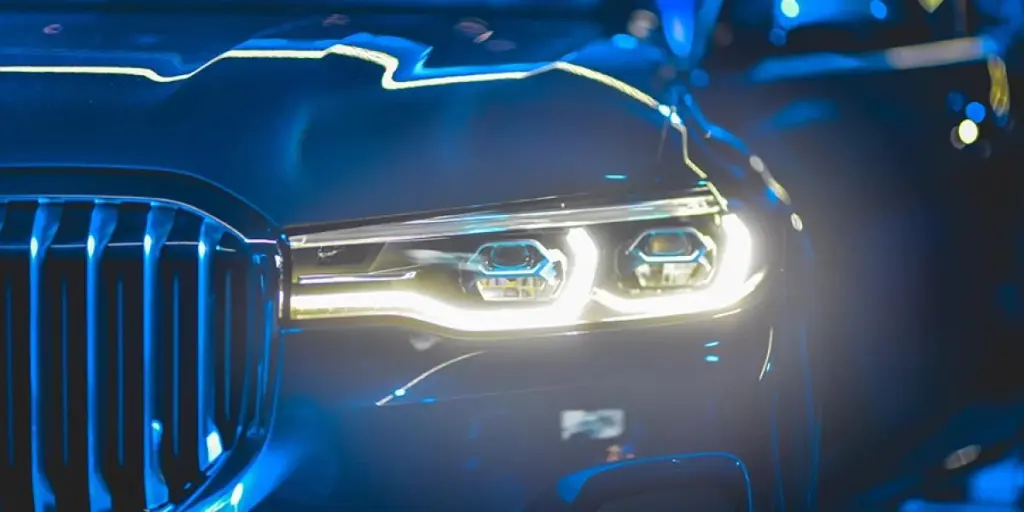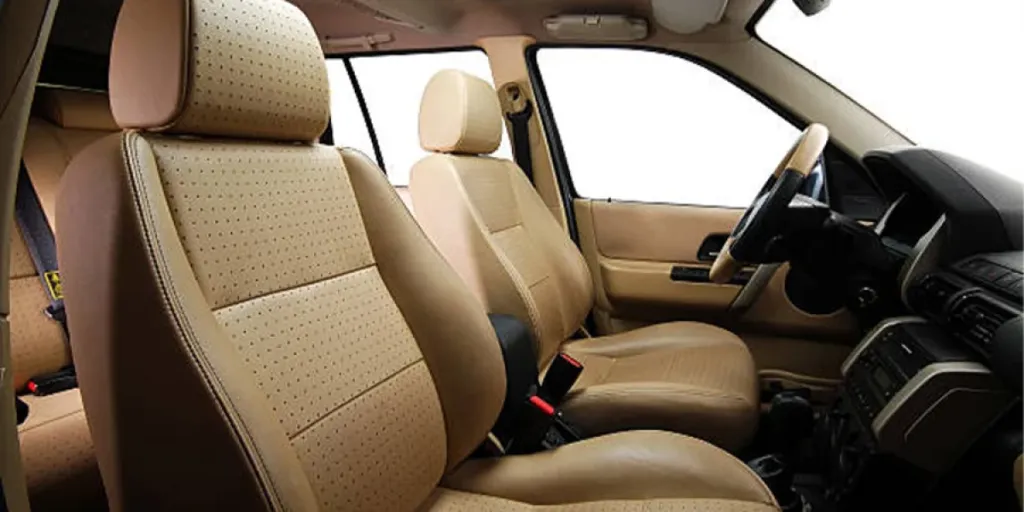Table of Contents
● Introduction
● Market overview
● Different types and their features
● Things to consider when selecting products
● Conclusion
Introduction
Car amplifiers are essential for enhancing your vehicle’s audio experience, providing the necessary power to deliver clearer, louder, and more detailed sound. These devices amplify weak audio signals from the head unit, ensuring that your speakers and subwoofers perform at their peak, creating a rich and immersive listening environment. As advancements in audio technology continue to emerge, the car amplifier market is experiencing significant growth, driven by the increasing demand for high-quality in-car entertainment systems. Different types of amplifiers, such as Class A, B, A/B, and D, each offer unique benefits, making it crucial to understand their features and select the right one for your needs. By investing in a suitable amplifier, you can transform your driving experience, enjoying superior audio performance that brings your favorite tracks to life with exceptional clarity and power.

Market overview
The car amplifier market, valued at USD 2.2 billion in 2023, is projected to reach USD 3.6 billion by 2032, growing at a CAGR of 5.5% from 2024 to 2032, according to Global Market Insights. This growth is driven by continuous technological advancements and the increasing integration of in-car entertainment systems. Class D amplifiers dominate the market with a 67% share in 2023 due to their efficiency and compact size, making them ideal for modern vehicles where space and energy consumption are critical. The rising demand for high-quality audio experiences and customization options also contributes to the market’s expansion, with consumers seeking superior sound quality and immersive listening experiences in their vehicles.
Several factors are influencing the market dynamics, including strategic partnerships among industry leaders and the development of innovative products. Companies are focusing on enhancing product performance and expanding their distribution networks to capture new market segments. However, challenges such as installation complexity, economic uncertainties, and environmental regulations pose potential restraints. In response, manufacturers are adopting strategies to innovate and adapt to these evolving market conditions. The Asia Pacific region, with its rapid urbanization and growing automotive industry, holds over 32% of the global market share, while the U.S. market remains robust, driven by a strong emphasis on audio performance and customization. According to Global Market Insights, the OEM segment accounted for over 60% of the market share in 2023, reflecting a significant demand for factory-installed high-performance audio systems. Additionally, the proliferation of electric vehicles, particularly in Asia Pacific, is presenting new opportunities for high-quality audio system integration.
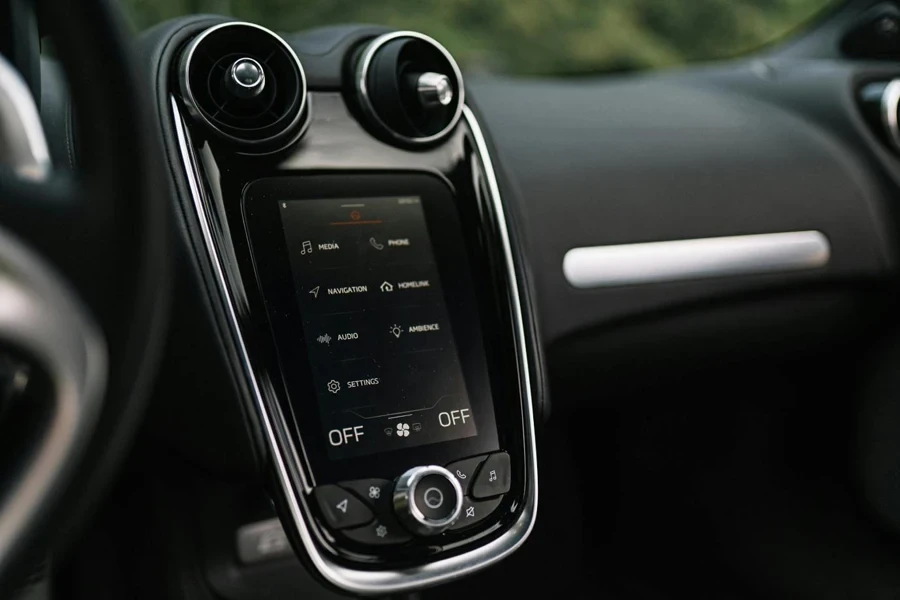
Different types and their features
Car amplifiers come in various classes and configurations, each offering distinct benefits and suited for specific applications. Class A amplifiers are renowned for their high fidelity and excellent sound quality due to continuous operation. These amplifiers keep their output transistors in an “on” state, minimizing distortion and providing the purest sound reproduction. However, they are the least efficient, consuming significant power and generating a lot of heat, making them less practical for most car audio applications, according to Sonic Electronix. Their high power consumption and heat generation require substantial cooling solutions, which can be a drawback in automotive environments where space and energy efficiency are paramount.
Class B amplifiers, on the other hand, are more efficient than Class A amplifiers but produce more distortion. This distortion primarily arises from the amplifier’s design, where each transistor handles half of the waveform, potentially causing crossover distortion. Despite being more power-efficient, the increased distortion makes them less ideal for high-fidelity applications. Class A/B amplifiers combine the best features of Class A and B amplifiers, offering a balance between sound quality and efficiency. These amplifiers are widely used in car audio systems ecause they provide good performance without excessive power consumption and heat generation. The design reduces crossover distortion significantly compared to Class B amplifiers while maintaining better efficiency than Class A, making them a popular choice for balanced audio performance.
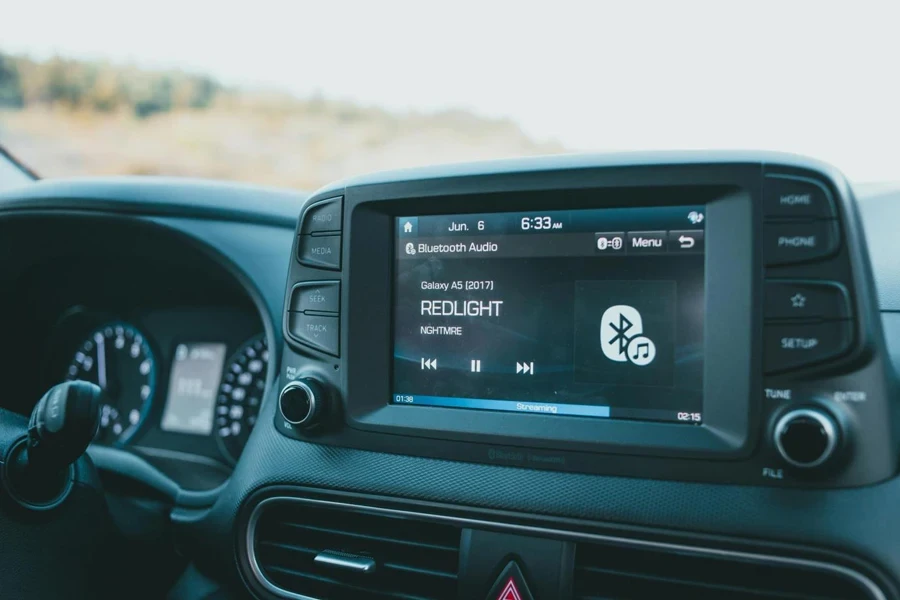
Class D amplifiers are highly efficient and produce minimal heat, making them ideal for modern car audio applications where space and energy efficiency are crucial. These amplifiers use a switching mechanism to amplify the signal, resulting in lower distortion and compact size. As noted by Global Market Insights, the dominance of Class D amplifiers, which held a 67% market share in 2023, underscores their popularity and effectiveness in delivering high-quality sound in a compact form factor. Their high efficiency and small footprint make them suitable for integrating into contemporary vehicles, where conserving space and power is essential. Moreover, advancements in Class D technology have significantly improved their audio fidelity, making them a robust option for various car audio setups.
Mono amplifiers, or monoblock amplifiers, are specifically designed to power subwoofers, providing deep, powerful bass. These amplifiers are optimized for single-channel performance, ensuring that subwoofers receive the necessary power for optimal bass reproduction. Monoblock amplifiers excel in delivering the high power required for subwoofers, enabling them to produce the low frequencies essential for a rich bass experience. According to Audio Intensity, mono amplifiers are ideal for bass enthusiasts looking to enhance their car’s audio system with impactful, resonant bass.
In contrast, 2-channel and multi-channel amplifiers offer versatility for various speaker setups. 2-channel amplifiers can power two speakers or one set of speakers and a subwoofer, providing flexibility for different audio configurations. Multi-channel amplifiers, such as 4-channel and 5-channel configurations, provide greater flexibility and customization, accommodating diverse audio needs. These amplifiers can power multiple speakers and subwoofers, making them suitable for comprehensive car audio systems. Multi-channel amplifiers allow users to create a balanced and immersive audio environment, ensuring that all components of the audio system receive adequate power for optimal performance.
Additionally, the integration of Digital Signal Processing (DSP) in modern amplifiers has revolutionized car audio systems. DSP allows for precise audio customization, enabling users to adjust sound parameters such as equalization, crossover points, and time alignment to enhance the overall listening experience. According to Audio Intensity, amplifiers with DSP integration offer superior sound quality and flexibility, catering to the demands of audiophiles and casual listeners alike. DSP-equipped amplifiers provide advanced tuning capabilities, allowing users to tailor their audio experience to their preferences and vehicle acoustics.
These various types of amplifiers provide a range of options to suit different audio needs and preferences, from high-fidelity sound and efficient power usage to versatile multi-channel setups and advanced audio customization capabilities. Whether prioritizing sound quality, efficiency, or customization, selecting the right amplifier class and configuration is essential for achieving the desired audio performance in your vehicle.
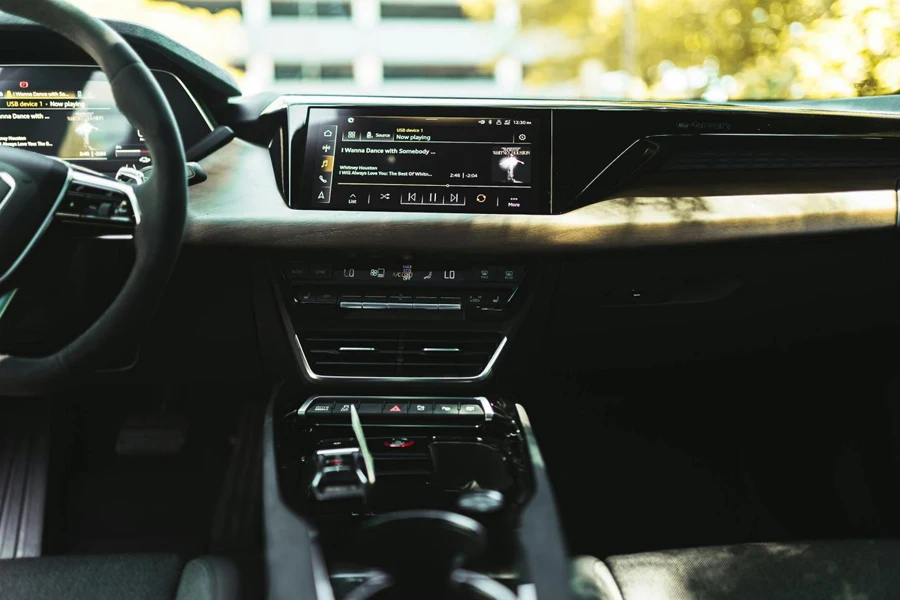
Things to consider when selecting car amplifiers
When selecting a car amplifier, several crucial factors must be considered to ensure optimal performance and compatibility with your audio system. The power output, measured in RMS (Root Mean Square), is vital as it indicates the continuous power the amplifier can deliver to your speakers. According to Sonic Electronix, matching the amplifier’s RMS power with the speaker’s power handling capabilities is essential to avoid distortion and potential damage, ensuring a balanced and clear audio output.
Choosing the right amplifier class—A, B, A/B, or D—is another important consideration. Class A amplifiers offer high fidelity but are less efficient, while Class B amplifiers are more efficient but with greater distortion. Class A/B amplifiers provide a balance between sound quality and efficiency, making them a popular choice for many car audio systems. Class D amplifiers, known for their high efficiency and compact size, are ideal for modern vehicles where space and power consumption are critical, as noted by Global Market Insights.
The channel configuration of the amplifier must align with your system setup. Mono amplifiers are designed for subwoofers and bass-heavy applications, while 2-channel amplifiers can power two speakers or one set of speakers and a subwoofer. Multi-channel amplifiers, such as 4-channel and 5-channel options, provide flexibility for powering multiple speakers and subwoofers, offering a comprehensive audio solution. According to Audio Intensity, choosing the appropriate configuration ensures that your amplifier can meet your audio system’s specific demands.
Installation considerations include the amplifier’s size, placement, and ventilation. Proper placement is crucial to avoid overheating, and ensuring adequate ventilation will help maintain optimal performance. Additionally, technical specifications such as continuous vs. dynamic wattage, frequency response, signal-to-noise ratio (S/N), damping factor, total harmonic distortion (THD), and RCA input sensitivity are important. Continuous wattage indicates the amplifier’s long-term power capability, while dynamic wattage reflects peak power output. A higher signal-to-noise ratio results in better sound quality, and a higher damping factor ensures precise speaker control. Lower THD values indicate less noise and clearer sound, and matching RCA input sensitivity with the head unit’s output voltage ensures a clear audio signal, as highlighted by Sonic Electronix.
These considerations will guide you in selecting the right car amplifier, enhancing your vehicle’s audio performance and ensuring a superior listening experience.
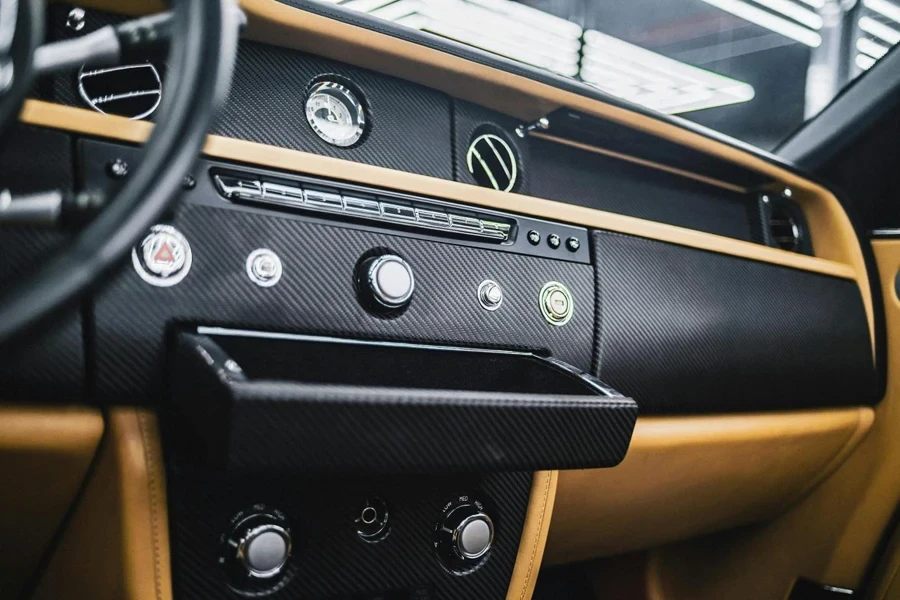
Conclusion
Selecting the right car amplifier is crucial for enhancing your vehicle’s audio system and improving your overall driving experience. The appropriate amplifier ensures that your speakers and subwoofers receive the necessary power to produce clear, powerful, and distortion-free sound. Matching the amplifier’s power output with your speakers’ capabilities prevents damage and optimizes performance. Choosing the correct amplifier class and configuration, whether it be Class A for high fidelity, Class B for efficiency, Class A/B for a balance of both, or Class D for compact, high-efficiency performance, tailors the sound quality to your specific needs. By investing time and effort into selecting the right amplifier, you can achieve superior sound quality and a truly enhanced driving experience.

